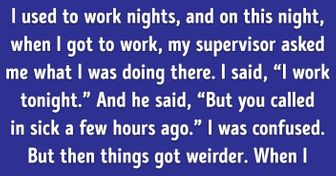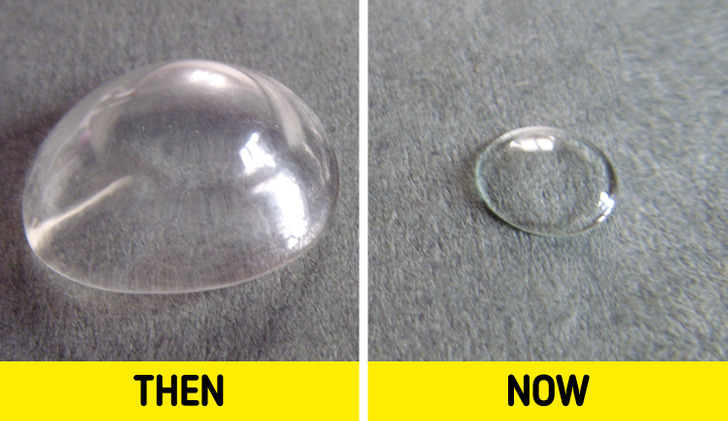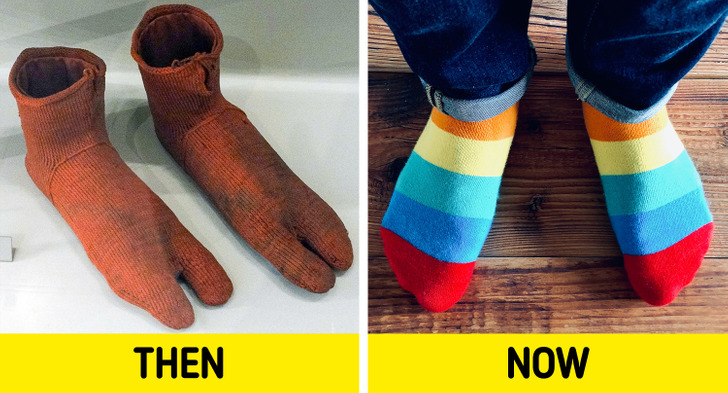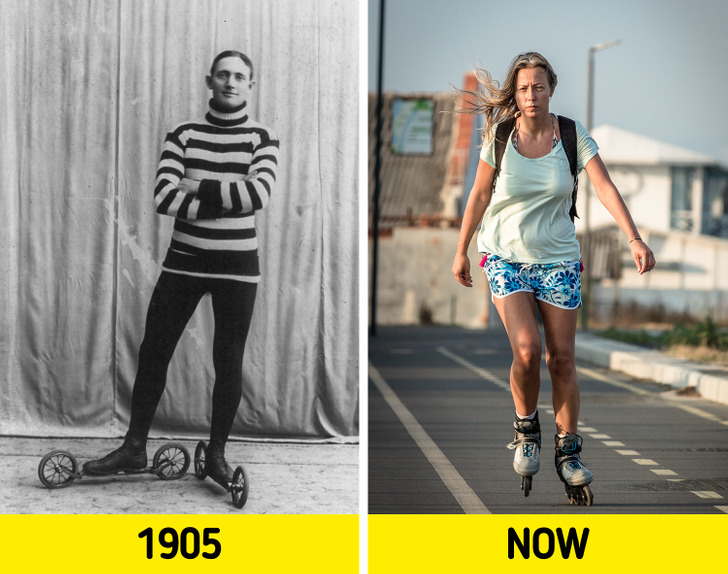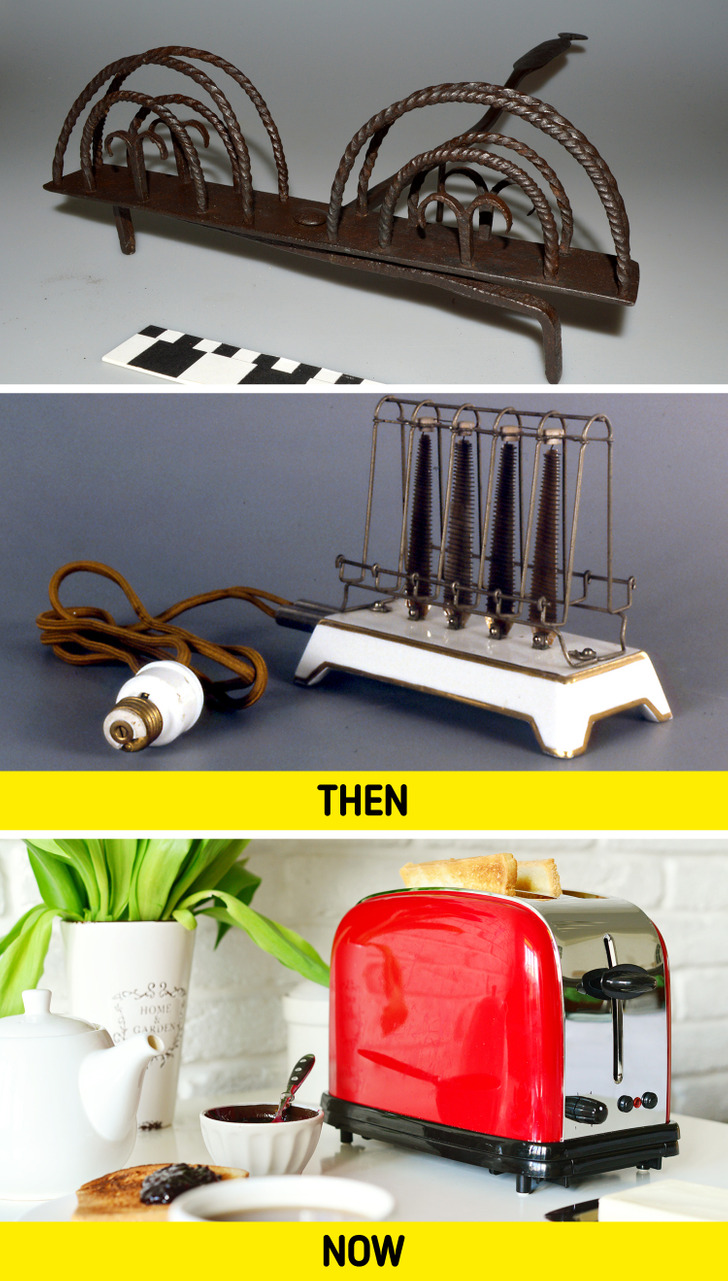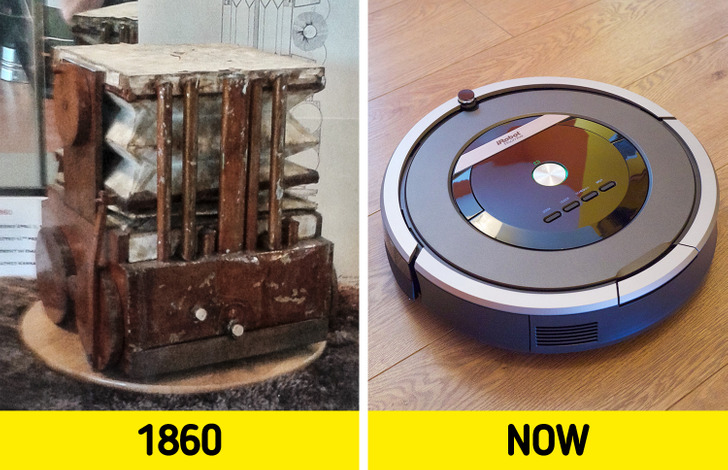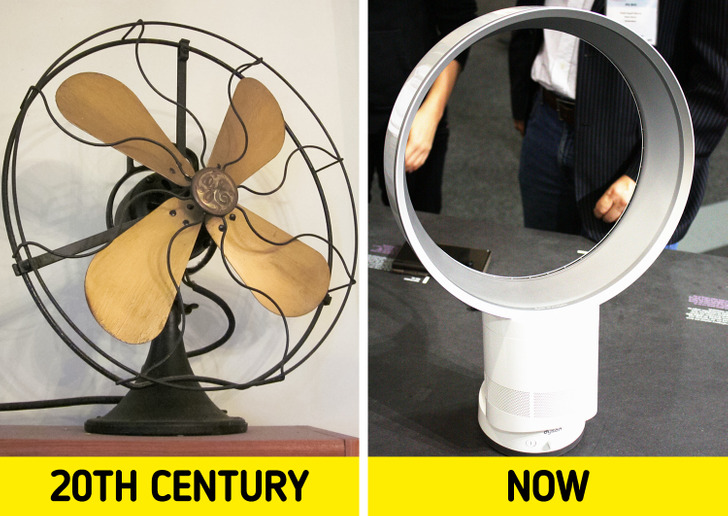Technology is making things easier. But we must be careful to pay attention and focus as well. What if they disappear within the next century?
9 Things That Have Changed a Lot Over the Years
A few months ago, a misleading picture showing ancient Egyptian dentistry went viral. Shortly after, the image was debunked, but it left a mark on us — so much so that it inspired us to go on a mission. We decided to take a closer look at how some of the things we are familiar with looked decades, centuries, or even millennia ago.
Bright Side wants to showcase some pictures that prove, once again, that necessity is the mother of invention.
1. Dental bridges
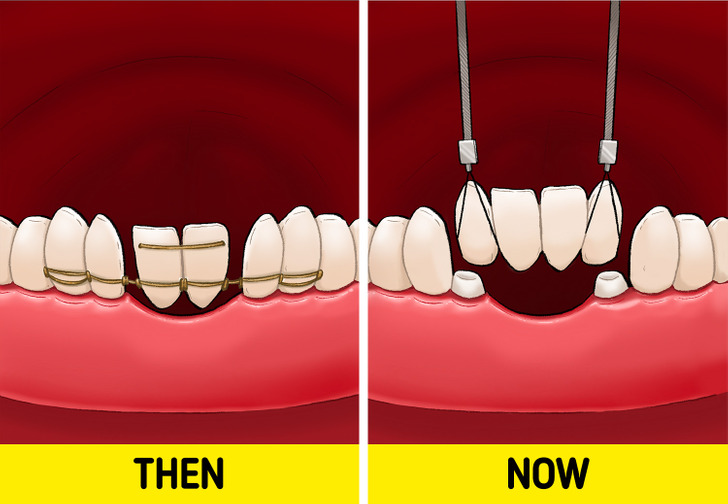
According to several studies and findings, ancient Egyptians used wires to replace missing teeth. The “donor teeth” and the adjoining teeth were drilled, and then, using a soft metal wire that wrapped through and around them, the empty space would be closed.
Today, this old practice developed into various procedures, one of them being “dental bridges.” This time around, the teeth next to the missing ones are drilled down to a cylindrical shape — anchors — and then the bridge, which can be made of porcelain, zirconium, or other materials, is attached with a specific kind of glue.
2. Contact lenses
The idea of contact lenses is believed to have been first introduced around the 1500s by Leonardo DaVinci. This turned into a reality hundreds of years later, in 1888, when ophthalmologist Dr. Gaston Fick created the first pair, which were blown from glass. The contacts measured between 18 mm and 21 mm in diameter.
Today, there are over 140 million contact-wearers worldwide, and thanks to the rising wave of Lasik surgery, this number may decrease in the following years.
3. Socks
The earliest known surviving pair of socks date back to the 300s. Initially, they were handmade, using matted animal hair or leather. The socks pictured above on the left were supposed to work with sandals, hence the split toes.
The invention of the knitting machine in 1559 made socks not only easier to produce, but also 6 times faster to make. Up until 1938, when nylon was invented, silk, cotton, and wool were the main materials used.
4. Roller skates
The first recorded use of roller skates was in 1743 in a London stage performance. In the following century, multiple designs were patented. Finally, in the 1880s, the skates began to be mass-produced.
Between the ’50s and ’60s, roller-skating carhops became popular among restaurant-goers. Today, they look completely different, and while the basic idea remains the same, their popularity has only increased. In the past 2 years, a worldwide shortage of skates has been reported.
5. The toaster
We’ve been eating bread for well over 6,000 years and the first toaster, which dates around 1750, was as basic as can be; the sliced bread was put into a welded iron device and toasted above the fire. The first electrical toaster came about in the 1890s, and it only toasted bread on one side.
The “ejecting” toaster, as we know it today, was created in 1919 by Charles P. Strite, a Minneapolis resident who complained that the cafeteria at his work always served burned toast. By 1926, the device found its way into restaurants and toasted bread perfectly, allowing people to adjust toasting levels to their own taste.
6. The vacuum cleaner
It is believed that the world’s first vacuum cleaner was patented in 1860; its creator, Daniel Hess, called the contraption a “carpet sweeper” and its role was “for the purpose of destroying dirt.” In the following years, the first petrol-powered vacuum was invented.
Today, while classic vacuum cleaners are still available, robot vacuums are becoming more popular. Now closely resembling a Frisbee disk, the “wandering cleaning circles” need just one click to get to work.
7. Fans
Starting out as lotus leaves and peacock feathers, the first electricity-powered fan was invented around 1882. A few years later, the first fans with 2 blades were produced. The first devices were not really safe because they didn’t have a cage around the rotating blades.
The concept of bladeless fans was introduced in 1981. Contrary to popular belief, the device does feature blades, but they’re hidden in its base. In 2009, designer James Dyson introduced the Air Multiplier, sporting a futuristic look.
8. The lawn mower
Invented in the 1830s, the first machine used to cut grass was also known as a push mower because you literally needed to push it for it to work. It took more than 70 years until the first gasoline-powered one was available to buy.
100 years later, we have a lawn-mower robot that doesn’t need to be pushed or guided — it just needs to virtually map out your yard and can do the entire work for us.
9. Baby car seats
The first manufactured car was on the market in the early 1900s. Not long after, in the 1930s, child baby seats were coming into production, but their main purpose was not safety; instead, they acted as booster seats, lifting the baby in a way that their parents could see them mid-drive.
Child safety seats became widely available in the late 1960s and since then, they’ve come a long way. Today, they include foam padding, seat belt buckles, and attachment mechanisms. On top of it, they feature an expiration date, between 6 to 10 years.
What’s one vintage item that you use on a daily basis? Have you ever seen an old-school baby car seat before? Let us know in the comments.
Comments
Related Reads
12 Utterly Brilliant Ads That Leave Their Competitors With No Chance
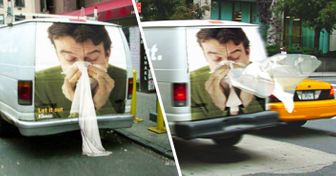
14 Times When Even Psychologists Failed to Understand Children’s Logic

14 People Who Totally Didn’t Get Their Money’s Worth

8 Differences Between Men and Women Very Few People Know About
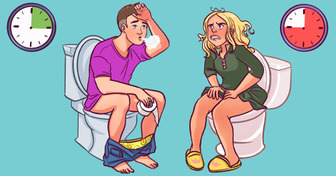
Look at 15 Actors in Their First and Latest Roles (The Rock Has Changed Beyond Recognition)

20 Absurd Signs Giving You an Extra Opportunity to Laugh
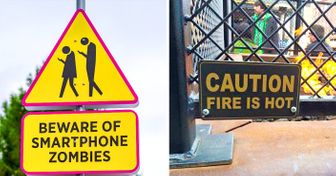
8 People Recall Their Most Cruel Childhood Memories

My Husband Refused to Pay for My Daughter’s Ticket — He Covered His Son’s GF’s Instead

15 Stories That Prove the Saying “The Road to Hell Is Paved With Good Intentions”

12 Terrifying Moments Where Reality Turned Into a Nightmare
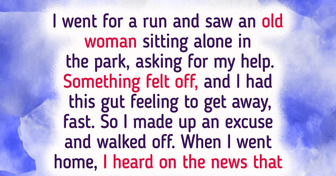
15 Dining Experiences That Resemble Scenes From a Hollywood Blockbuster

11 Stories of People Who Experienced a Glitch in the Matrix
